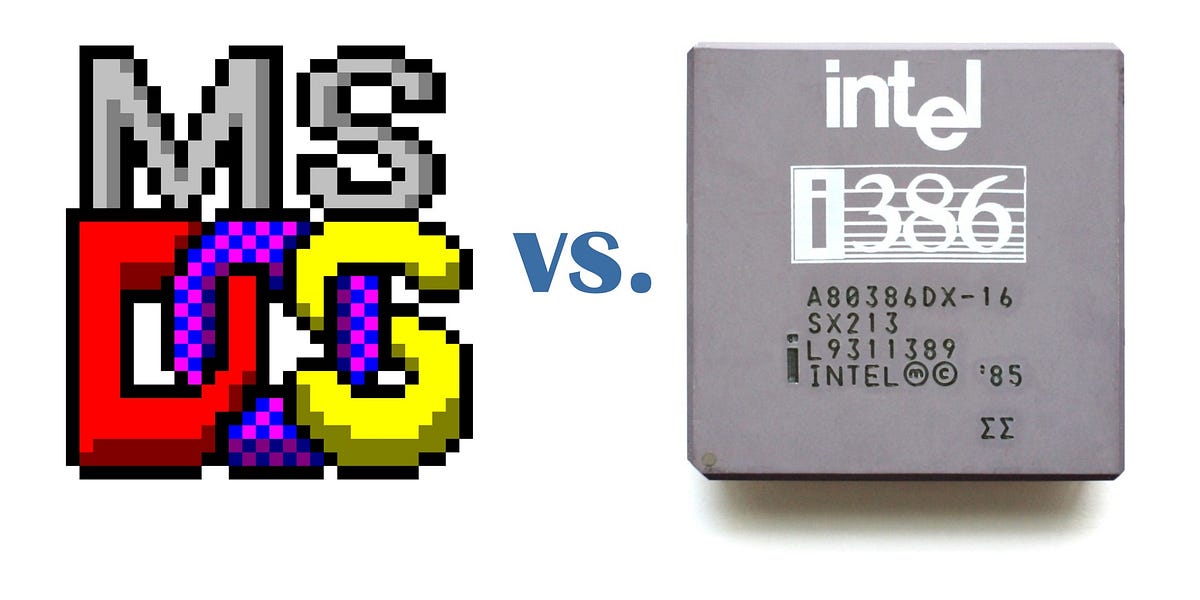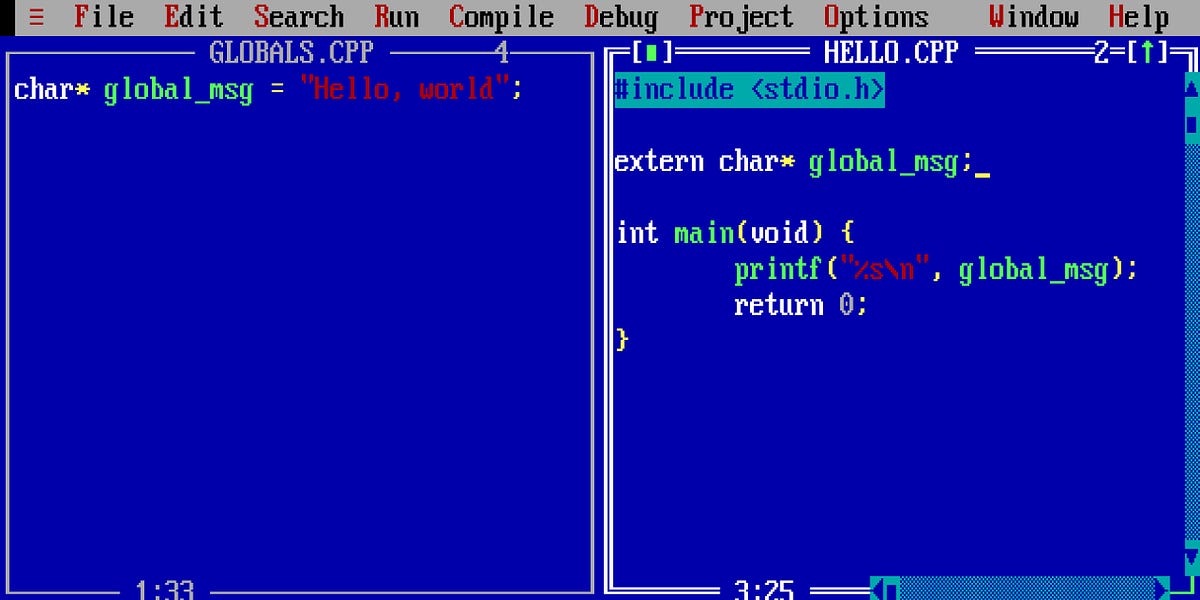The next generation of Bazel builds - by Julio Merino
Today marks the 10th anniversary of Bazel’s public announcement so this is the perfect moment to reflect on what the next generation of build systems in the Bazel ecosystem may look like.| blogsystem5.substack.com





